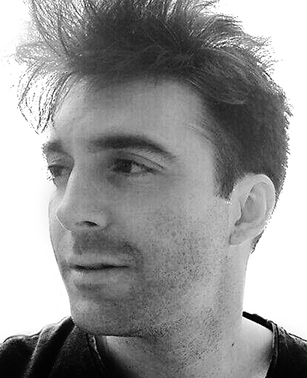‘Evolving New Artistic Paradigms’ | Sevilla, Spain
Ramon was one the first young artists to join Emergent Art Space and he now serves as an Advisory Board member. He discusses here his early interest in art, as well as his discoveries, shifting aims, ideas and development as an artist concerned with making a better world.
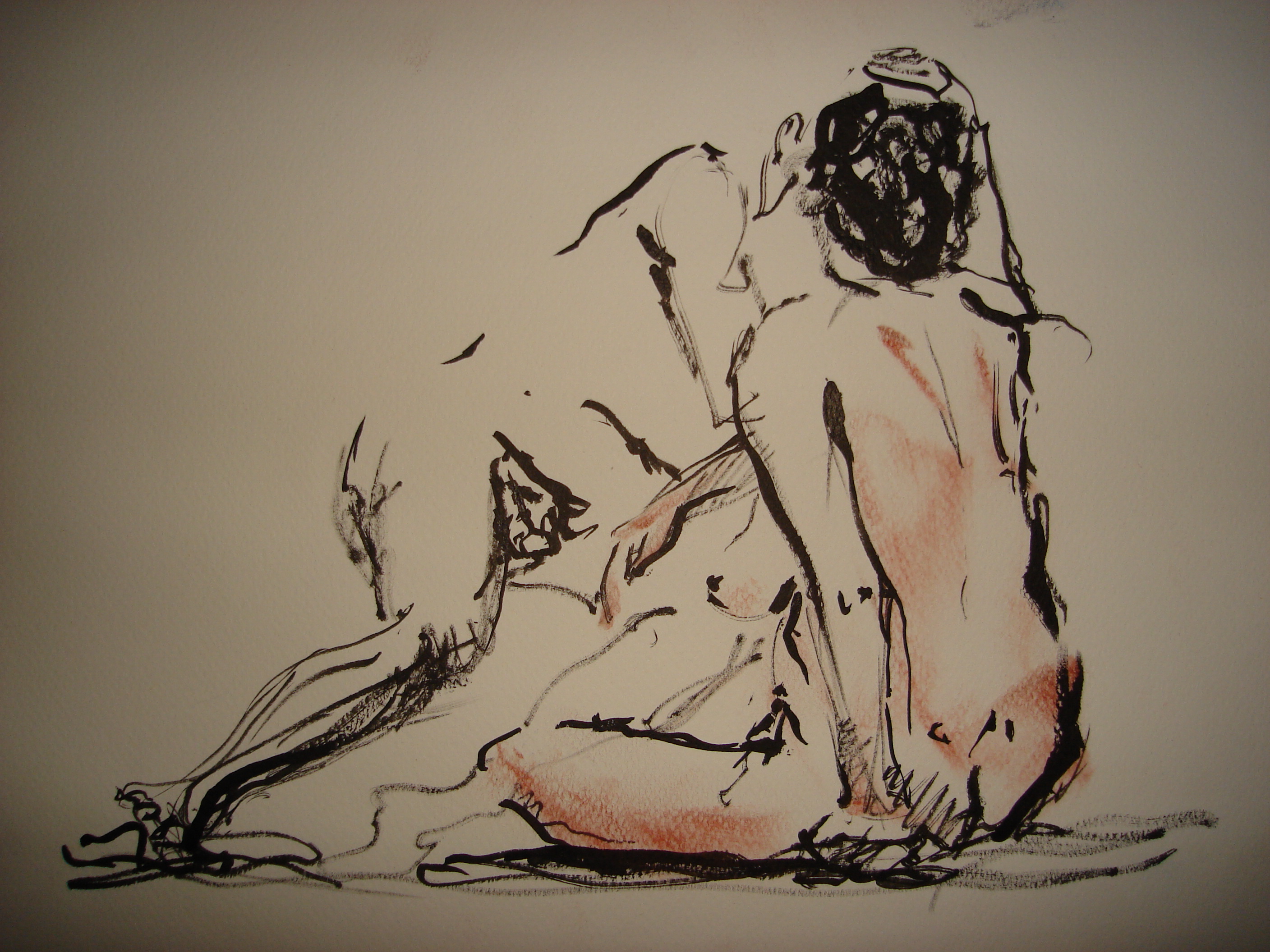
Since I was very little, I was interested in the arts as a universal way to communicate. I could not even think with any other form, in terms of studies, while I was growing up. So I consider myself very lucky because I did not have to choose the degree that I had to do. Art chose me.
Once I got the opportunity to go to the university, I decided to move to Seville because I always wanted to live in a city like this one. Seville is an international city with many possibilities. You can find tradition, but also contemporaneity. It is big, but not huge and is
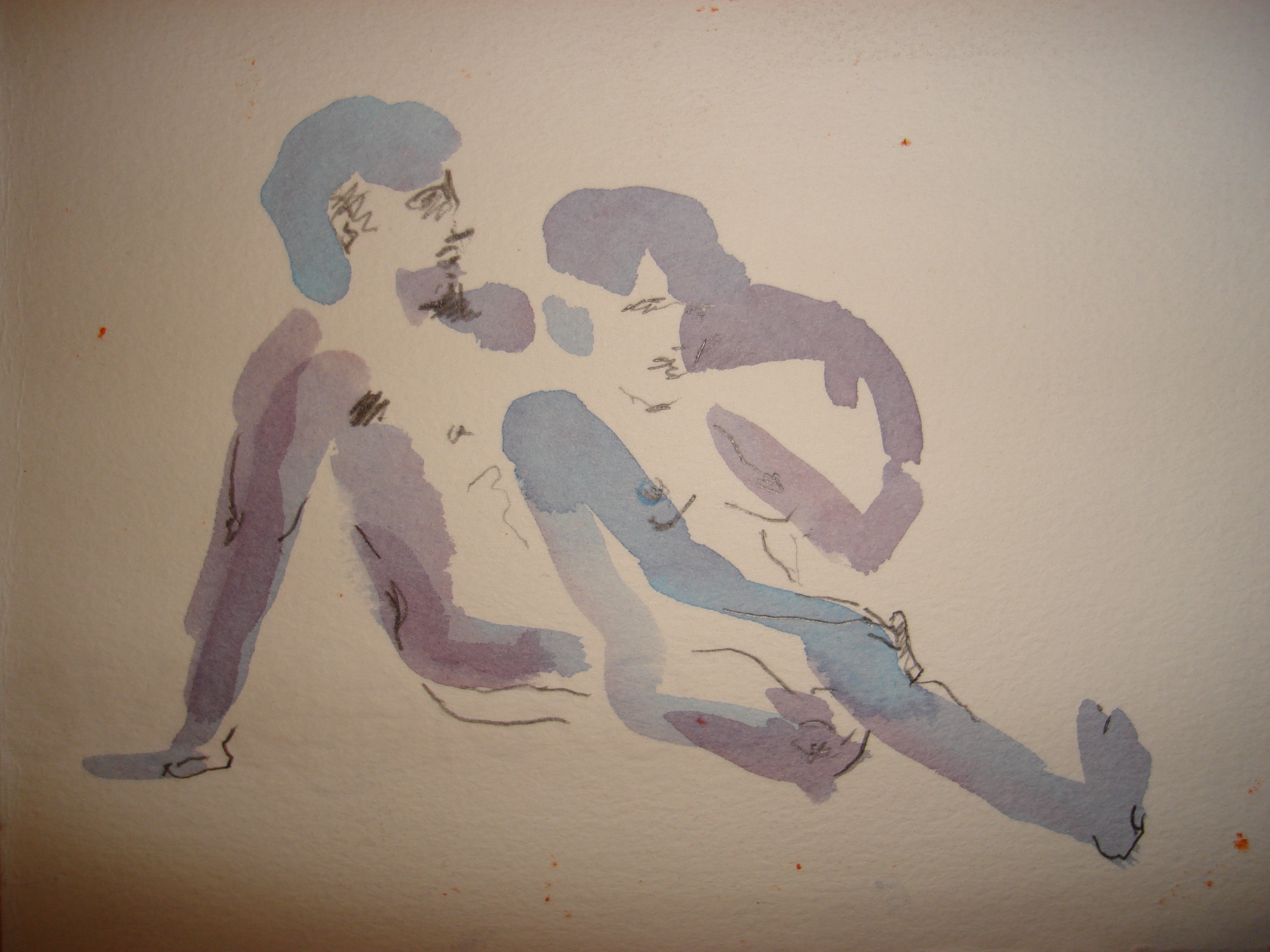
close enough to my hometown, Ecija, which allows me to visit my family with some frequency.
At the beginning, I focused on Picasso. I wanted to be like him, a prodigious painter who learned to paint very realistically and ended up deforming reality. I thought this had to be the way to become a great artist, but then everything changed in my mind. I discovered that art does not require a unique approach, but encourages one to be open-minded enough to explore possibilities in connection with interests and expertise.
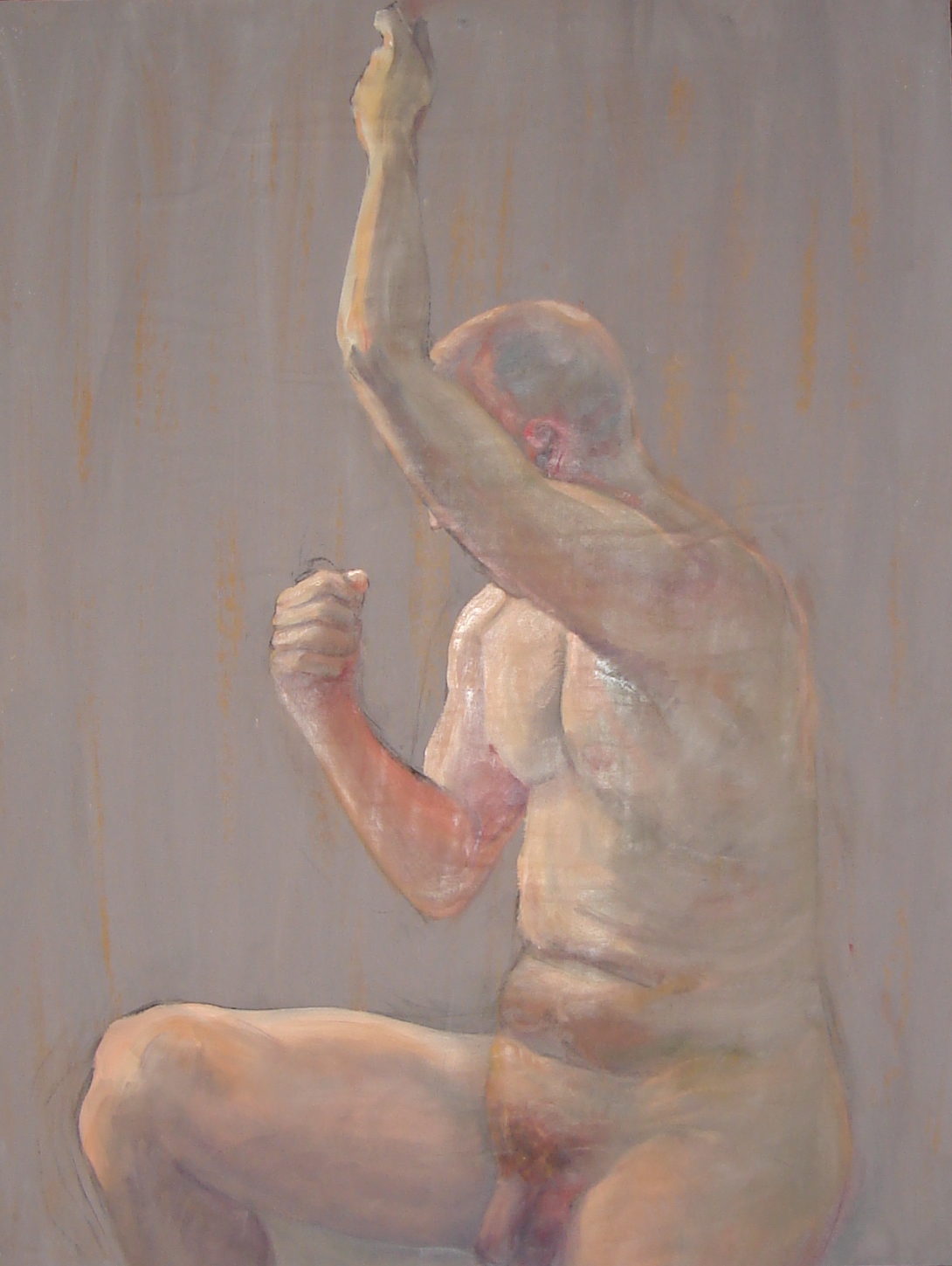
I found out that art is a pathway to generate knowledge. Art can be a means with which human beings can improve their societies in order to make a better world in all senses. Unfortunately, nowadays art seems to be just another element of the capitalist system.
During my time at the university, I learned a very academic approach to art. So, I can understand why many artists today are not concerned with anything other than form or aesthetic discourse. I must confess now that the university, for me as an artist, was not a bed of roses. My thoughts were flying further than the artistic educational environment encouraged.
I can make a visual comparison between my first works and my last projects, while in graduate school. For example, the images in this publication show the evolution of my drawings and paintings. The same journey happened with the sequential progression of my sculptures.
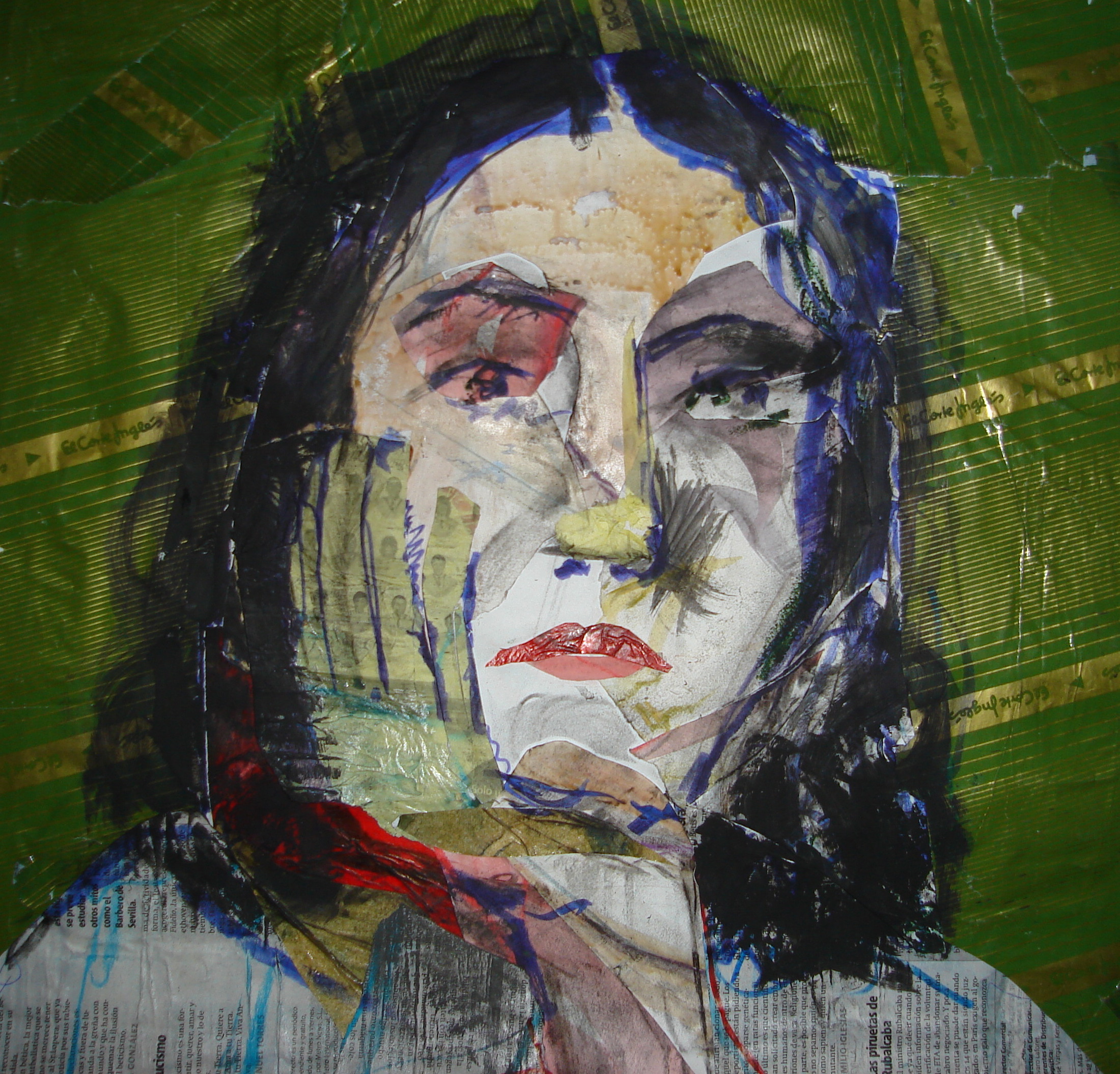
I was learning a lot about techniques and making but, in the end, I could not identify myself with any of these works at all. Finally, when I thought that everything was lost, a bright moment came into my life. During my last year (fifth academic year), I moved to Leicester (UK), thanks to an exchange program. I was studying at De Montfort University and then it happened--what I called ‘my artistic awakening’.
I was inspired by the Swiss artist Thomas Hirschhorn who said, “I did realize that I have to make the choice to be an artist. I decided to be an artist because only as an artist can I be totally responsible for what I do. The decision to be an artist is the decision for freedom. Freedom is the condition for responsibility. I did realize, to be an artist is not a question about form or a question about content, it is the question about responsibility.” As a way into better understanding the fight for freedom, I decided to make a three-piece installation asking the world for reflections based on the questions: ‘Who are you? What are you doing? What can you do?’
(See three-piece installation at De Montfort University photos and text at the end of this piece.)

After my undergraduate degree, I completed two masters. One of them was about art education, and the other one was about contemporary art. While in Leicester, I had the opportunity to do research and to write a bit about what I could call a kind of a graduate school thesis. The topic I chose explored the critical issues surrounding questions of death and mortality in the work of contemporary artists Damien Hirst and Kiki Smith. Finally, I ended up doing a PhD in Art and Heritage, where I had the opportunity to express all my thoughts about the current art situation worldwide. My hypothesis posited that a significant increase in the responsibility and commitment of human beings in citizenship and social improvement is possible in a real and effective way through the formulation and dissemination of new artistic paradigms. To do so, artists must be able to apprehend renewed approaches, working in common from our daily environment and digital culture.
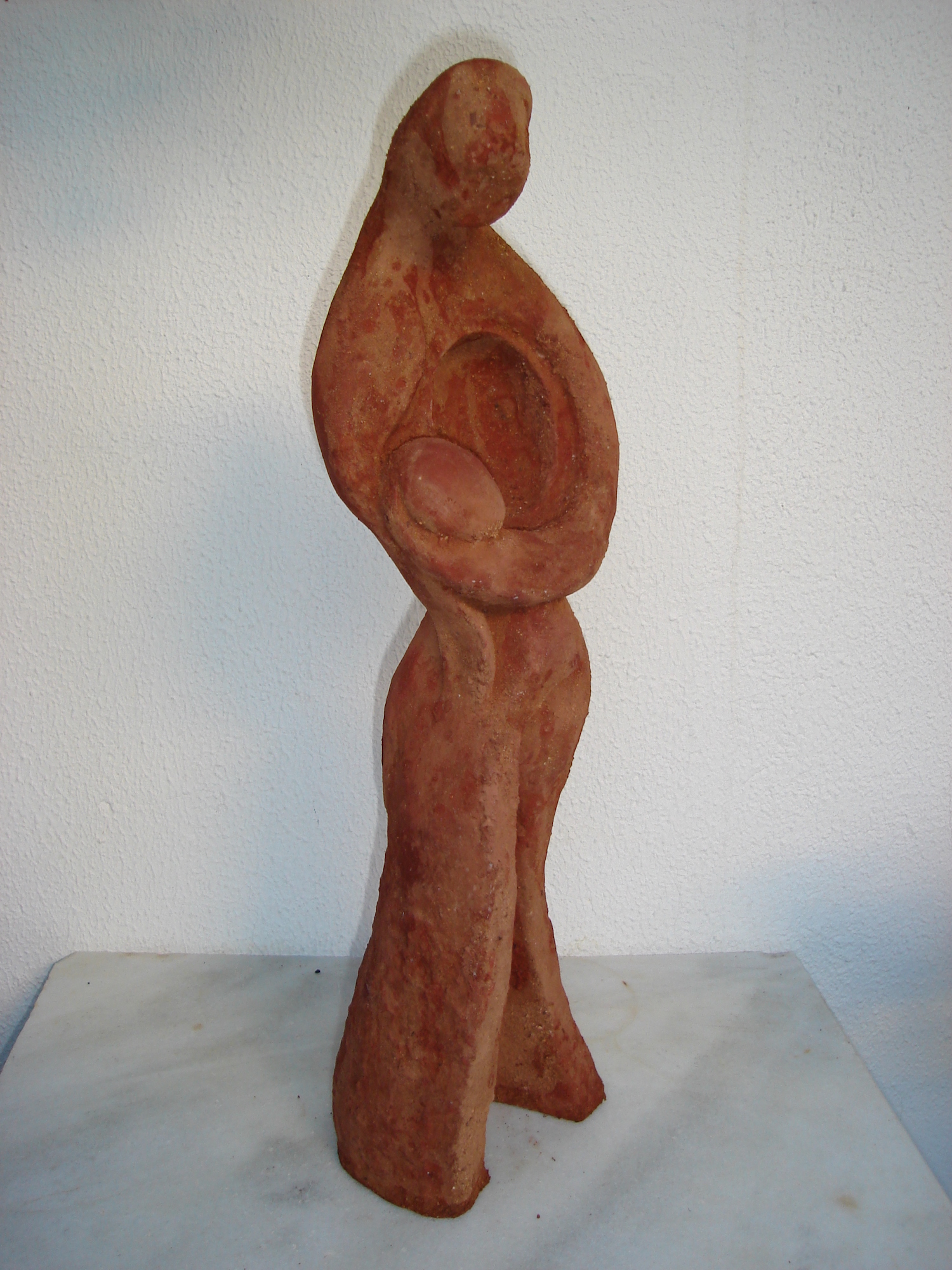
These ideas conduct me today to produce what I call a kind of democratic art. Engaging practices such as interdisciplinarity, cooperative community collaboration and a good use of network, information and communication technologies, I develop socially engaged art projects. Past examples of this work include: Sahara LIbre Flag (Western Sahara/Algeria, 2011) Integração (Rio de Janeiro, 2014) and The Universal Game: One Flag to Connect Us All (Ottawa, 2015). You can learn more about these projects in a 2017 EAS interview.
During my graduate studies, I got a series of scholarships and grants, artist residencies and research stays in different countries. To get these opportunities, I had to encourage myself to apply for them, otherwise I would not have had the chance to get them. So, somehow, it was my choice to fight for them and it was not something compulsory inside my studies program. Let’s say that most of my colleagues never applied to any of those scholarships or grants. These opportunities were my entrance to the real world. I took notice of what life is.
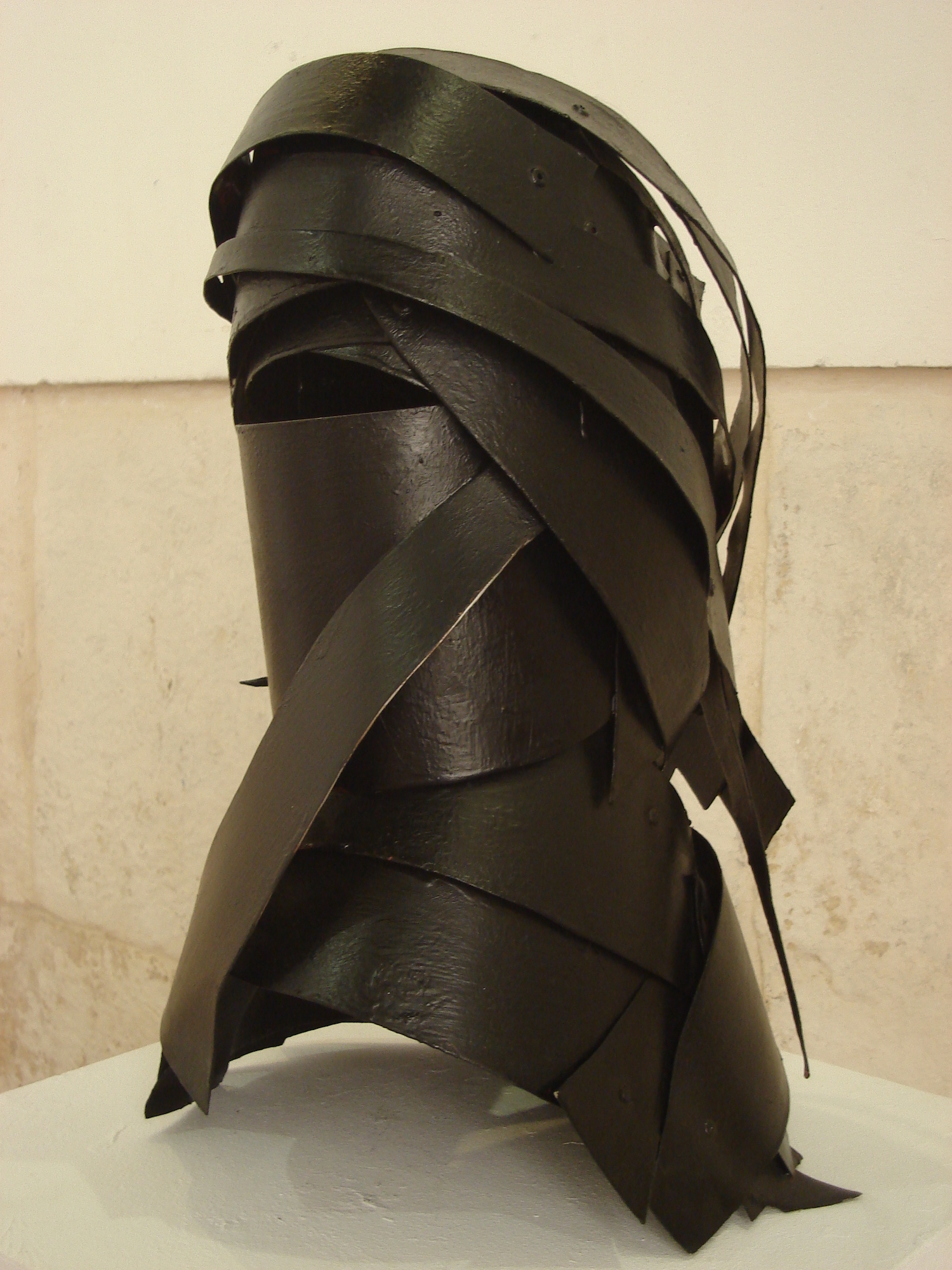
I came to understand that if I wanted to keep growing, I had to develop ideas and artworks on my own. These experiences empowered me, increased my confidence and sense of possibility. Prior to this, I couldn’t even imagine that I would end up making the huge, large-scale art projects that I ended up creating. I think that when you travel, you learn double, become more open-minded and mature faster.
Emergent Art Space (EAS) was also important to my development as an artist. I began with uploading my portfolio to the online platform. Later I had the opportunity to be one of the selected artists for the EAS international exhibition ‘Crossing Borders’. This was an unforgettable experience because it provided me an opportunity to think beyond my own understanding, engage with other artists across the globe and realize that everything is possible with art. The EAS team is always looking forward to listening to new young artists internationally and to connecting them to others around the world. My advice to artists in the EAS community is to take advantage of this wonderful platform in order to develop and to disseminate your projects and art practice without fear.
Three-Piece Installation at De Montfort University
'You can’t escape' | Wood, fabric and mannequin
A suspended coffin with a body (mannequin) engulfed in black fabric tries to answer the first question.
 This piece is accompanied by a performance where the human being wants to go out.
This piece is accompanied by a performance where the human being wants to go out.
He is represented like a dead body that leaves the coffin to fight against the conformism of the world,
but there are too many obstacles. It is impossible to move even when you are alive.
The aim is for the spectator to identify with the mannequin.
You have to think about who you are to do something against this, because you can’t escape.
The general idea of this piece is about death.
'You can escape' | Wood
The second piece on the installation is a big labyrinth of panels and pallets of wood that shows
the viewer a difficult way until reaching an exit.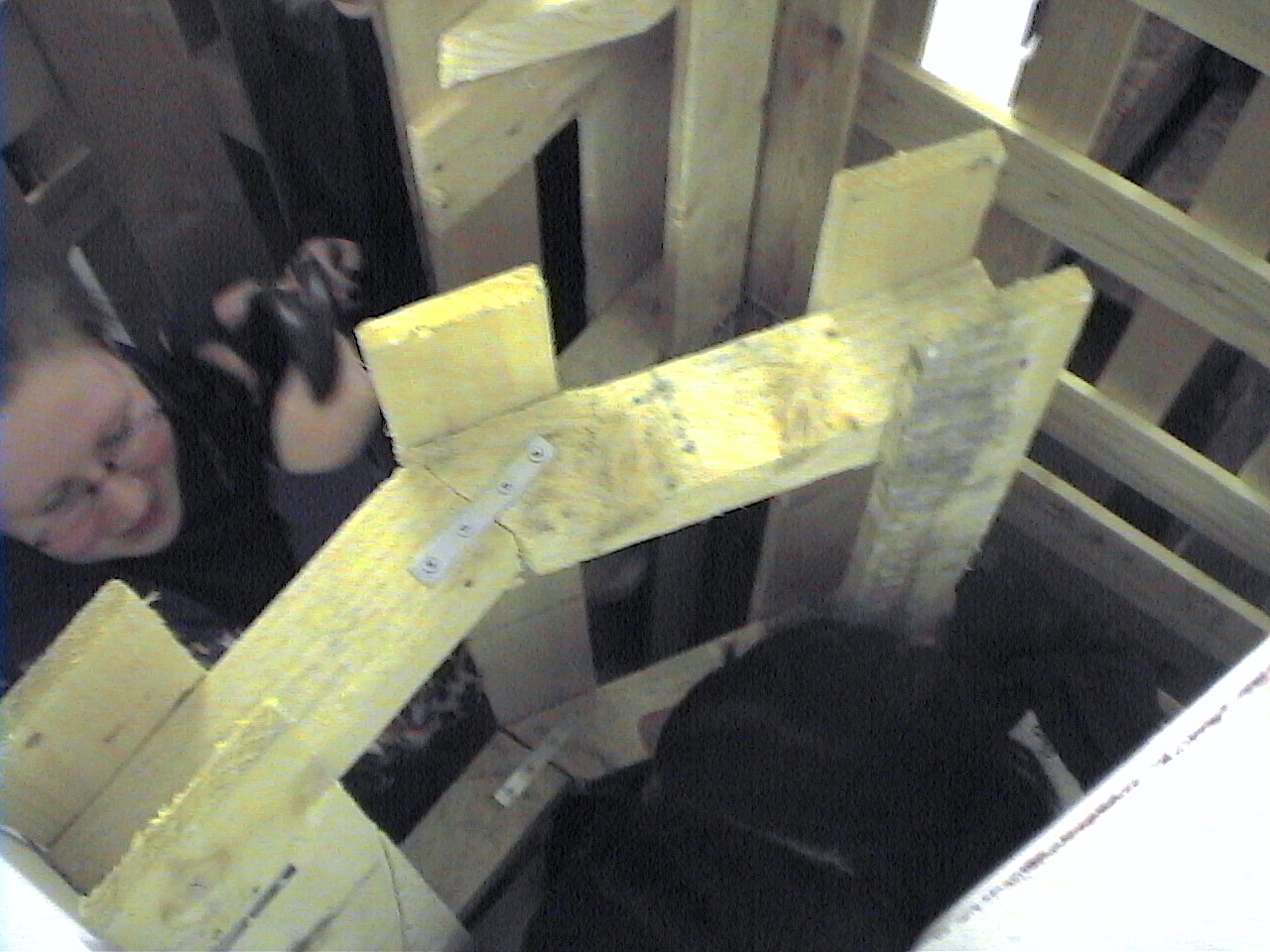 Pass wherever you pass, you can escape because walking and walking you can always find an exit.
Pass wherever you pass, you can escape because walking and walking you can always find an exit.
A big box, a room, an independent world, where the interaction of the spectator is most important.
There is a video-projection inside the labyrinth that shows the making of the artwork.
Here I want to connect everything, like a bridge between the beginning and the end for the viewer.
What is the difference between the world inside the installation and the world outside it?
The darkness, the oppression, is inside, and the decision to continue discovering, or not,
makes a difficult exit, but an exit exists by pursuit -- so, the idea of life.
'You can decide' | Wood
The last question is answered by a piece installed on the roof of the workshop at De Montfort University.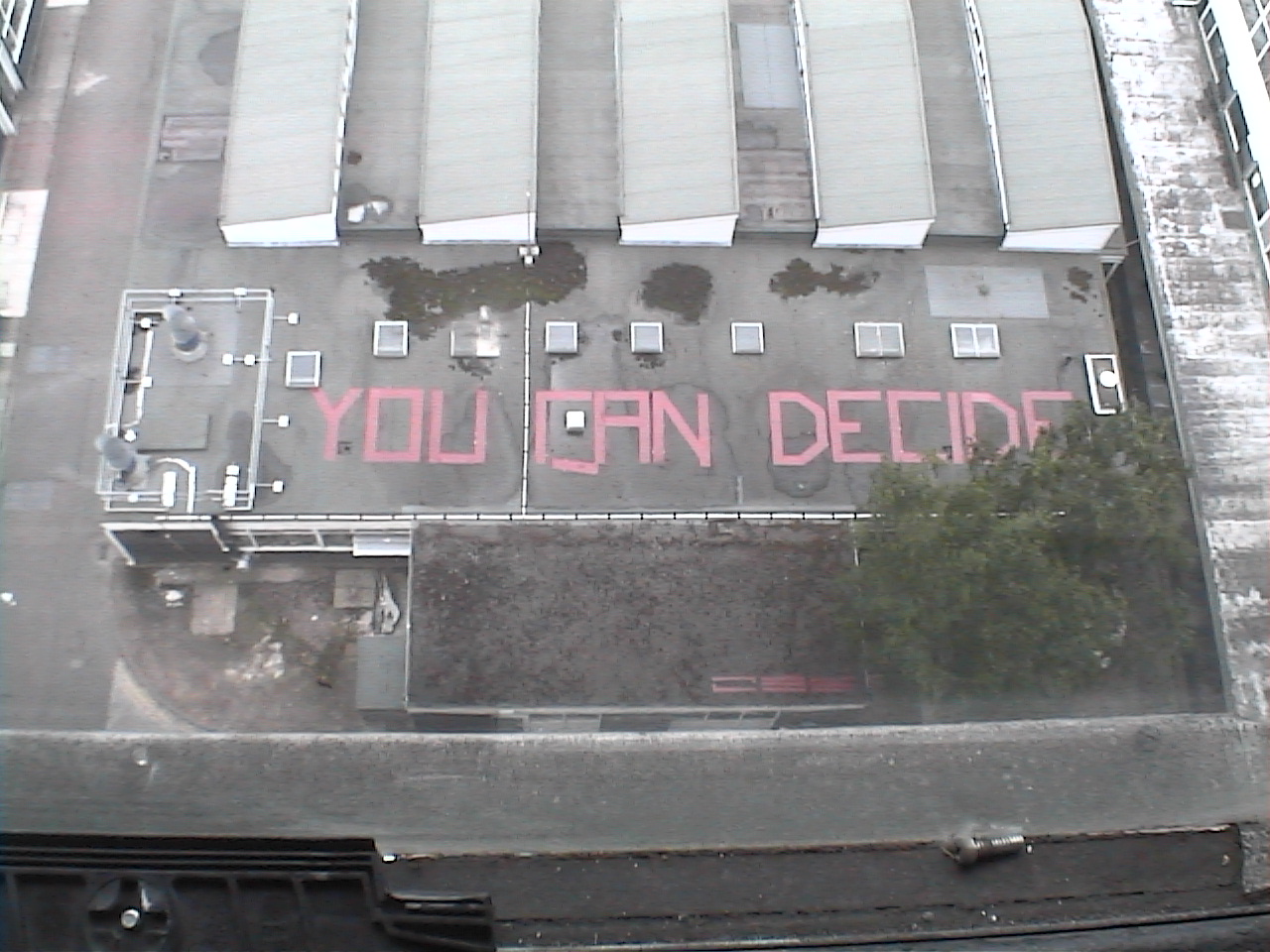 I send to everybody the possibility to decide, I transmit a direct message against the passivity of society to the world in general. The words “you can decide” represents the concept of existence. It is true that we are alive, so we can decide to do something or not. I decided to try to be an artist, and I decided to do this. Finally, I wanted to say that all is possible, that you have to ask yourself who you are and what you are doing. Then you have to ask yourself, in the face of life, what you can do, and then, within the limits, do it.
I send to everybody the possibility to decide, I transmit a direct message against the passivity of society to the world in general. The words “you can decide” represents the concept of existence. It is true that we are alive, so we can decide to do something or not. I decided to try to be an artist, and I decided to do this. Finally, I wanted to say that all is possible, that you have to ask yourself who you are and what you are doing. Then you have to ask yourself, in the face of life, what you can do, and then, within the limits, do it.
ABOUT THE ARTIST
Ramon Blanco-Barrera, a.k.a. ‘233’, earned his PhD from University of Seville, Spain and is on the Fine Arts faculty there. He teaches new media based courses, and his art practice and research explores social and political issues around the world. Ramon sends social and political messages in order to engage people in reflecting on their communities, both local and universal, constantly bringing up human rights concepts and values. He uses the number ‘233’ in reference to the ‘identity game’ of our overpopulated world system. 233’s democratic artworks have been processed and installed or exhibited internationally, including UK, Argentina, Western Sahara, Palestine, Brazil, Canada, USA, Australia and Spain, among others.
